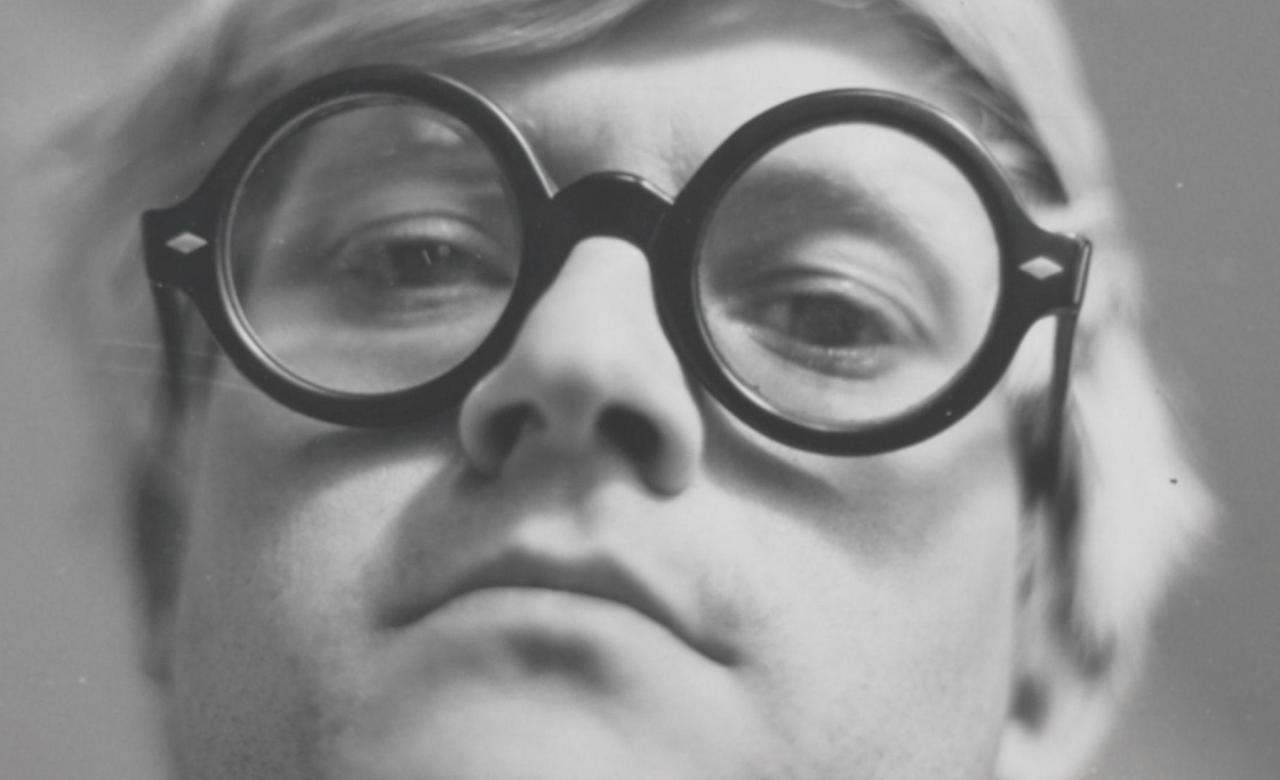Hockney: A Life in Pictures
An intimate look at one of Britain's most important artists.
Overview
A visual artist gets the visual treatment in Hockney: A Life in Pictures, with the documentary's approach to its subject made obvious in its title. The film proposes that to understand English painter, printmaker and photographer David Hockney, you need to understand what he has seen, how he is seen and the sights he has created for others to see. The end product isn't just a movie — it's a collage.
It's a fitting way to explore the work, influences and impact of the Yorkshire-born figure, considered one of Britain's most beloved creatives, although it's an approach that far from unique in the bio-doco realm. Viewing snaps taken by Hockney, inspecting home videos, watching interviews with him and those who know him, and gazing upon images of his artistry, feels equally standard and affectionate, with the artist's own spirit and candor — and the obvious affection of filmmaker Randall Wright — helping the film become something more than just another cookie-cutter chronicle of an important subject.
Indeed, Wright's strong connection with Hockney is clear and crucial, as the director focuses on the artist for the second time following his 2002 television effort David Hockney: Secret Knowledge. The film makes his fondness and fascination plain via its loving mood, lingering shots and its willingness to let conversations and memories run their course. Refreshingly for art aficionados, it also takes the time to ponder the artist's iconic works — including his California swimming pool pieces — in an interesting series of photo and painting comparisons.
Of course, A Life in Pictures isn't just for existing fans such as Wright, with those unfamiliar with Hockney offered a journey through the usual checklist of biographical information. His upbringing, his determination to follow his father's advice and "not worry about what the neighbours think", and his love of going to the cinema — or "the pictures", as he puts it — all receive attention, as do his trips overseas, his embrace of his sexuality, his relationships, his periods of depression and his thoughts on creative trends. These details, like the paintings they accompany, build a portrait of a vibrant, varied, intriguing and engaging figure. And then there are the kind of tidbits audiences are unlikely to glean elsewhere, like Hockney's preferred method of cooking hot chips.
Again, a sense of intimacy is key, as it is in any documentary that attempts to shed light on someone famous. Learning new trivia is only one part of the process; learning what endears them to the person behind the lens is just as enlightening. Wright achieves this by doing his best to adopt Hockney's way of seeing everything around him, honing in on his work to try to profile the artist the way he might profile himself. One friend sums it up perfectly: "as long as he is able to see the world through his painting, he could survive anything."





